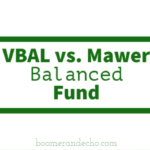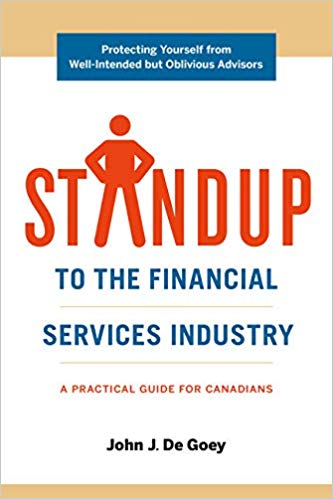
MoneySense magazine has now published the entire package of three mutual fund articles they commissioned me to write. You can find the first article by clicking on the highlighted headline: DSC mutual funds and the future of investment advice. It ran on January 16th. The second ran last weekend, around Jan. 25th, while I was away in Cuba for a week.
You can find the second article here: The best Mutual Funds you’ve never heard of.
The first article looked specifically at the gradual decline of the once-ubiquitous DSC sales structure, or Deferred Sales Charge. It recaps recent regularatory developments surrounding DSC, and addresses the related issue of embedded compensation for financial advisors, or so-called Trailer Commissions. These are gradually being eliminated in various Western nations (notably the UK and Australia/NZ) and they are also being phased out in all Canadian provinces, with the conspicuous exception of Ontario.
The lesser-known “Direct-to-Consumer” mutual fund families
The second article looks at two particular “camps” of mutual fund providers: the big-name Embedded Compensation firms you may have heard from (because they can afford to advertise) and a lesser known camp of Direct-to-Consumer managers whose names may be less familiar because they don’t generally have embedded compensation and whose fees are lower and typically mean they don’t have as much money to throw around on big marketing and advertising budgets. The article focusses on four firms in particular you may not have heard of, except through family referrals and word of mouth: Beutel Goodman, Leith Wheeler, Mawer, Steadyhand.
Space precludes mentioning that in the good old days of mutual fund mania (the 90s) there were several other direct-to-consumer firms that either were acquired or are now a shadow of their former selves: the list includes Altamira, Saxon, Sceptre and a few others. We also look at two deep value firms that are still around but get so much publicity about their performance that they can hardly be dubbed as “firms you’ve never heard of.” They are Irwin Michael’s ABC Funds and Francis Chou’s Chou & Associates.
Actively managed mutual funds may also work for Fixed Income space

The third article, which ran January 30th, looks at the related topic of whether mutual funds can make sense in the fixed-income space, given today’s minuscule interest rates and the relatively higher impact investment management costs can have on active management of fixed-income investments. You can find it by clicking on the highlighted headline: Can Active Management pay for itself in Fixed Income Funds?
Arguably, GICs, direct investments in government and corporate bonds (or strip bonds) is more cost-effective, and if you prefer the “basket” approach that mutual funds provide, fixed-income ETFs. But the article links to some surprising research that even in fixed income, actively managed mutual funds may be able to recoup their fees and “add value” to investment returns.






